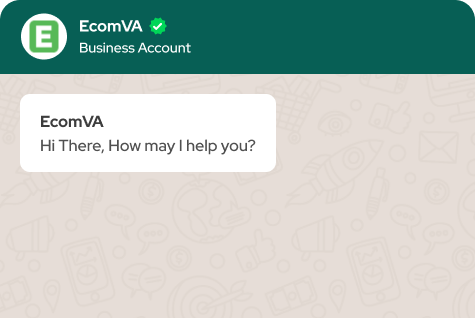How to do Website Crawlability on SEO
Website crawlability ensures that you have a well-structured and easily accessible platform to increase your visibility. When you implement effective strategies it will increase your chances of reaching the top ranks on search engines.
Website crawlability refers to how easily search engines can discover and index the pages of your website. Optimizing crawlability is essential for SEO as it ensures that your web pages are properly indexed and can appear in search engine results. Here are some steps to improve website crawlability:
Create a Sitemap: Generate an XML sitemap that lists all the pages on your website. Submit the sitemap to search engines (such as Google Search Console) to help them understand the structure of your site and crawl it more efficiently.
Use a Robots.txt File: Create and optimize a robots.txt file to guide search engine crawlers. This file specifies which pages or directories should be crawled and which should be excluded. Ensure that important pages are not blocked by the robots.txt file.
Enable Website Indexing: Check that your website is not inadvertently set to “noindex” in the meta robots tag or header. This tag tells search engines not to index your pages. Make sure that your website is set to “index” to allow search engines to crawl and index your content.
Remove Duplicate Content: Duplicate content can confuse search engine crawlers and dilute the visibility of your pages. Identify and resolve any instances of duplicate content on your website. Use canonical tags to specify the preferred version of duplicate pages.
Ensure Proper Internal Linking: Implement a logical and organized internal linking structure on your website. Include clear navigation menus, footer links, and contextual links within your content. Internal links help search engine crawlers discover and navigate your site, making it easier to index all relevant pages.
Optimize URL Structure: Use descriptive and user-friendly URLs that reflect the content and structure of your web pages. Avoid using complex parameters or unnecessary characters in your URLs. Organize your content into relevant directories to create a clear hierarchy.
Optimize Page Load Speed: Slow-loading pages can negatively impact crawlability. Optimize your website’s performance by minimizing file sizes, leveraging caching mechanisms, optimizing images, and using content delivery networks (CDNs). A faster website improves the crawlability and user experience.
Fix Broken Links: Broken links can hinder search engine crawlers and lead to a poor user experience. Regularly monitor and fix broken links on your website using tools like Google Search Console or third-party link checkers. Update or redirect broken links to relevant and functioning pages.
Mobile-Friendly Design: Ensure that your website is mobile-friendly and responsive. Search engines prioritize mobile-friendly websites, and a mobile-responsive design enhances crawlability. Use responsive design techniques to provide a seamless experience across different devices.
Monitor Crawl Errors: Regularly check for crawl errors in Google Search Console or other SEO tools. Address any crawl errors promptly, including 404 errors, server errors, or DNS errors. Resolve these issues to ensure that search engines can crawl and index your website effectively.
Test with Crawling Tools: Utilize crawling tools like Screaming Frog or DeepCrawl to analyze your website’s crawlability. These tools can identify crawl issues, missing metadata, broken links, and other technical SEO issues. Fix any identified problems to improve your website’s crawlability.
Monitor Indexing Status: Keep track of the pages that are indexed by search engines. Use search engine consoles and tools to monitor the indexing status of your website. If important pages are not getting indexed, investigate and resolve the underlying issues.
By focusing on website crawlability, you enhance the ability of search engine crawlers to discover, access, and index your website’s content. This improves your chances of ranking well in search engine results and driving organic traffic to your site.
Optimizing the website architecture, using XML sitemaps, and resolve crawl errors will ensure that search engine bots can crawl easily. The above strategies will lay a solid foucndation to increase online visibility.
Virtual Assistant Service
Get in touch





